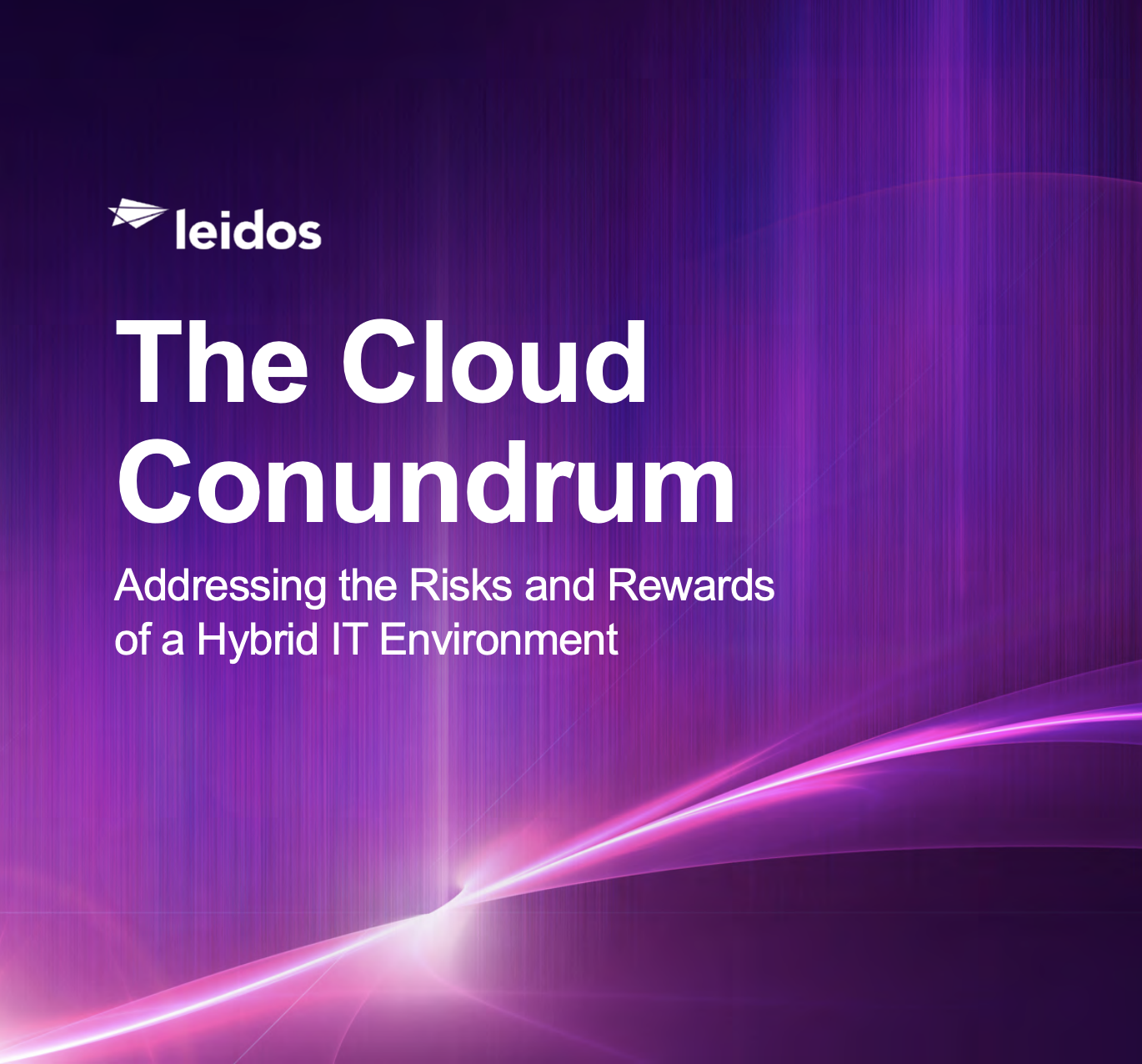The Cloud Conundrum: Addressing the Risks and Rewards of a Hybrid IT Environment
Hybrid and multi-cloud environments offer flexibility and scalability to meet today’s complex challenges, but they also present some significant security risks. With the proper frameworks in place, IT leaders can manage these security challenges.
Presented by
Leidos

On February 8, 2011, the Obama Administration released a document that would revolutionize the way government agencies store and process data: The Federal Cloud Computing Strategy called for agencies to adopt a “Cloud First” approach to “maximize capacity utilization, improve IT flexibility and responsiveness, and minimize cost.”
Almost a decade later, the Office of Management and Budget agreed that this strategy was due for an upgrade. While “Cloud First” empowered agencies to adopt cloud-based solutions, it left many with more questions than answers. A newer iteration of the Federal Cloud Computing Strategy, known as “Cloud Smart,” promises to answer common questions by equipping IT leaders with the tools they need to navigate the nuances of modern cloud adoption.
Still, many agencies are unsure about what cloud environment is right for them. Hybrid and multi-cloud environments, for example, offer flexibility and scalability to meet today’s complex challenges.
“Given everything that happened last year, the need for remote access was quickly enabled by moving to the cloud,” says Lakshmi Ashok, vice president of enterprise management at Leidos. “Each cloud provider has their own unique [capabilities]. So why not move to the [hybrid] cloud ... to get the best of breed, adopting optimum services [from each].”
Click below to learn more about what it will take for your agency to move toward a hybrid cloud environment.
This content is made possible by our sponsor Leidos; it is not written by and does not necessarily reflect the views of GovExec’s editorial staff.
NEXT STORY: The Procrastinator’s Guide to Digital Resilience




.pdf)

.pdf)